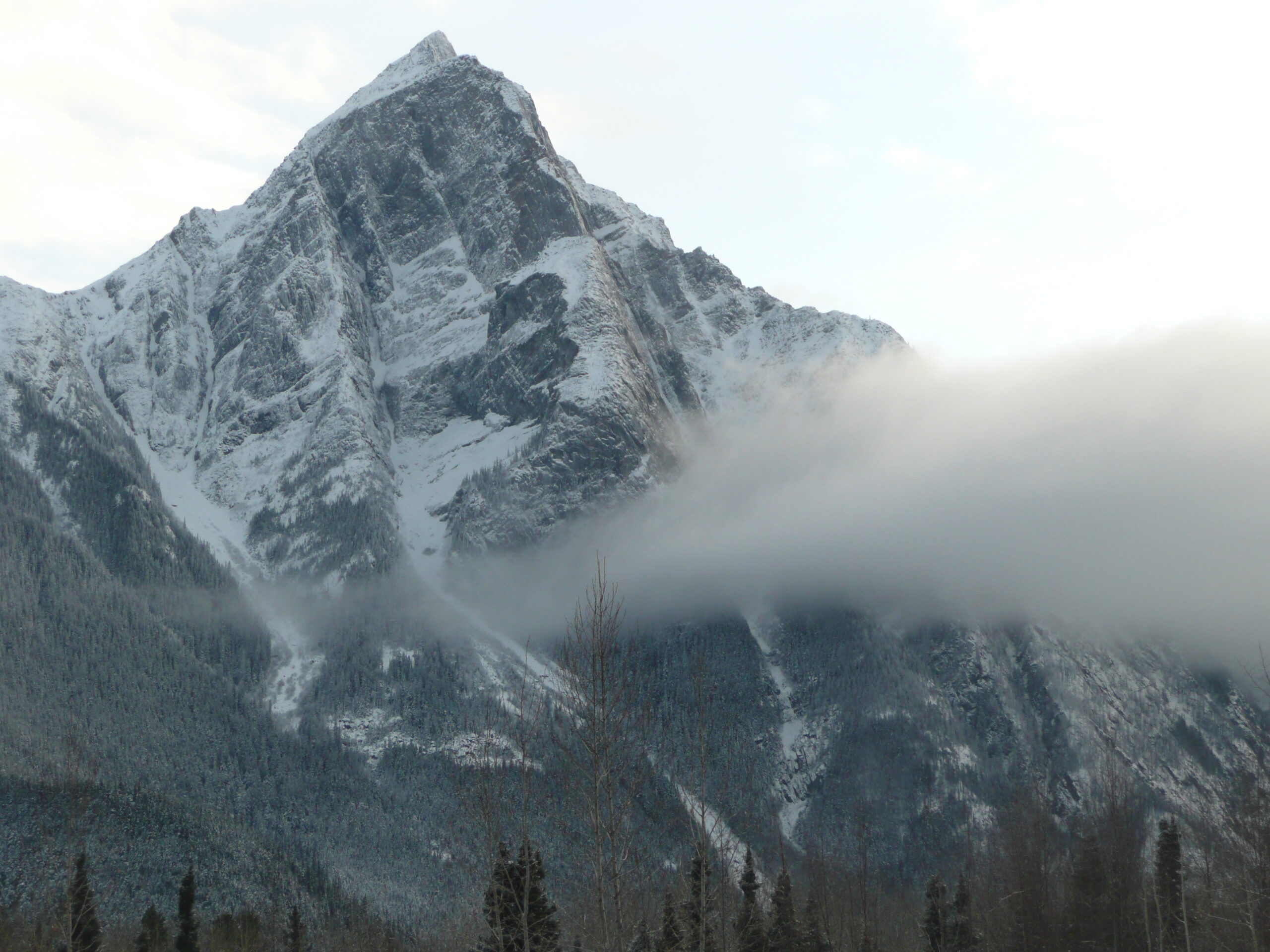This decision of the Quebec Superior Court considered the registration provisions of the Indian Act (the “Act”) that continue to unfairly discriminate against Indian1 women and their descendants and limit their ability to pass on Indian status, as compared to Indian men and their descendants.

Photo credit: Doane Gregory
On August 3, 2015, the Court in Descheneaux declared sections 6(1)(a), (c) and (f) and 6(2) of the Act, which define who is and isn’t eligible for registration, to unjustifiably infringe section 15 of the Charter. The sections were declared to be inoperative and the Court’s decision was suspended for 18 months to give Canada time to enact new legislation.
McIvor and the 2010 Indian Act Amendments
One of the first hurdles the plaintiffs in Descheneaux had to overcome was to demonstrate that the discrimination that they suffered and the relief they sought, was distinguishable from what had already been decided in 2009 by the BC Court of Appeal in McIvor and resulted in the 2010 amendments to the Act.
McIvor was a challenge to the 1985 Bill C-31 amendments to the Act which the plaintiffs argued perpetuated the discrimination of Indian women who had married out, lost status and were subsequently reinstated, as compared to Indian men who married out.
The Court of Appeal agreed Ms. McIvor and her son, Jacob Grismer, suffered discrimination, but on a more narrow ground than was argued. The Court of Appeal found that the Charter violation was limited to the fact that Bill C-31 created new inequalities which “enhanced” the status of persons that had previously been subject to the “double mother rule”.2
The Court of Appeal gave Canada one year to amend the offending legislation and the result was Bill C-3 which came into force in 2010. Bill C-3 was intended to equalize the ability to transmit Indian status between those women who had married out and were reinstated under Bill C-31 and those persons who lost status under the double-mother rule and were reinstated under Bill C-31.
Bill C-3 amended the registration sections of the Act to bring the legislation into compliance with the McIvor decision, but did so narrowly. As a result, there continues to be on-going discrimination, carried forward by the descendants of female Indians who lost their status through various other provisions of the pre-1985 Act that were not before the Court in McIvor. This discrimination is what brought the plaintiffs in Descheneaux before the Quebec Superior Court.

Photo credit: Gordon Lyall
Descheneaux
In this case, Stéphane Descheneaux, Susan Yantha and Tammy Yantha, of the Abénakis of Odanak First Nation challenged the registration provisions of the Act arguing that they suffered unlawful discrimination and that Bill C-3 had not gone far enough to address gender-based inequality.
The plaintiffs brought to the Court’s attention the ways in which the Act continues to perpetuate differential treatment between:
(a) First cousins, depending on the sex of their Indian grandparent, where the grandparent was married to a non-Indian before 1985; and
(b) Siblings, where a male and female child were born out of wedlock between the 1951 and 1985 amendments to the Act.
The differential treatment resulted in unequal ability to pass on Indian status, depending on whether a person was descended from a male or female Indian grandparent, or parent, depending on the situation.
As noted above, the Court found the registration provisions to be discriminatory and gave Canada 18 months to develop the appropriate amendments.
Canada’s Response
After the release of the decision in Descheneaux, the former Conservative government filed its appeal. After the election of the Liberal majority, the appeal was withdrawn and on August 11, 2016, Canada announced its official response – a two-staged approach that it says will:
- Focus on the elimination of known sex-based discrimination in the Act’s registration provisions, including those raised in Descheneaux, through legislative amendments; and
2. Provide for a collaborative process with First Nations and other Indigenous groups to examine broader issues related to Indian status and Band membership, with a view to future reforms.
Stage 1 is scheduled to take place during the Summer and Fall of 2016. Given that Canada’s announcement was made on August 11, that time frame is already significantly truncated. Under Stage 1, there is to be engagement with First Nations governments and organizations, on proposed amendments, but no engagement directly with individual communities due to the February 3, 2017 court-ordered deadline. This could mean Canada will meet with groups of First Nations, whether through a Tribal Council or otherwise, but not with individual First Nations.
Once again, as with the process that lead to Bill C-3, rather than take part in any meaningful consultation, Canada has set up an extremely time-constrained “engagement process” that purports to provide First Nations the opportunity to review the proposed amendments, present their views and provide input. Given the timing, it is likely that this effort will also fall short of truly hearing and addressing First Nation concerns about the short-comings of the Indian Act as the blunt tool used by Canada to determine complex and personal issues of Indigenous identity.
Stage 2 is described as a longer-term collaborative process to be jointly designed with First Nations and other Indigenous groups. Participation in the process is described as inclusive and will involve individual First Nations governments and organizations. At the end of Stage 2, the Minister will present the results to Cabinet and depending on the recommendations, there may be engagement on further amendments or other types of reform relating to Indian status and Band membership.
Stage 2 is to take place within a one-year time frame, commencing in 2017-2018, after the passage of the Stage 1 Descheneaux amendments.
Conclusion
Throughout its existence, the Indian Act has interfered with traditional systems of self-determination and self-identity and left multiple generations of Indigenous people, primarily women, their children and grandchildren, disenfranchised from their communities.
Through the determination of individuals, including Jeannette Lavell, Yvonne Bédard, Sandra Lovelace, Sharon McIvor, Jacob Grismer, Stéphane Descheneaux, Susan Yantha and Tammy Yantha, Canada has been held to account for some of the harms that the Act has done to the dignity of Indigenous women and their descendants. Justice has been slow and has come too late for those who were never able to re-claim their rightful place within their own communities.
Regardless of whatever amendments are made post-Descheneaux, the bigger issue will remain – that the Indian Act continues to violate the Indigenous right to self-determination. Whether in 1985, or 2010 or 2017, these piecemeal amendments have simply been corrections to bring the Act in compliance with the Charter. Canada’s mandate has never been self-determination-focussed.
In light of Canada’s commitment to reconciliation and Nation-to-Nation relationship building, as well as implementing UNDRIP and the TRC Calls to Action, there will need to be a shift in the conversation. Rather than continuing to plug the leaks in the sinking ship that is the Indian Act, Canada must engage in full consultation and develop an exit strategy from the business of determining who is and isn’t entitled to be legally recognized as a member of an Indigenous community.
This case summary provides our general comments on the case discussed and should not be relied on as legal advice. If you have any questions about this case or any similar issue, please contact any of our lawyers.
See CanLII for the Reasons for Judgement.
Footnotes
1 In this case comment, “Indian” means a person registered or entitled to be registered as a status Indian under the Act.
2 Former s.12(1)(a)(iv) of the 1951 Indian Act. This section provided that a person whose mother was non-Indian prior to marriage and whose father’s mother was also non-Indian, lost Indian status at age 21. The Double mother was not uniformly applied in practice, and some children that should have been deleted according to the rule were not. As well, certain Bands requested and were granted exemptions to the rule.